Optography, which tried to reveal the last image seen by the victims in order to solve the murders, carried out the most interesting experiments of a period.
It was claimed that in some cases results could actually be achieved. For example, in one case, it was recorded that a man killed his own wife, and it was understood from the image of the axe on his wife’s retina. Even Jack the Ripper They even considered optography in their file.
If you’re ready, look at how optography came into existence, what cases it helps solve, and What is the situation today? Let’s see together.
How did optography come about?
Boll
Scientists have long been; He was wondering if it was possible to capture the image the eye last saw before it died. This idea was first discovered in the 17th century in the retina of a frog he was examining. a faint image It was put forward by Christopher Schiener, who claimed to have seen it. However, until the invention of photography in the 1840s, optography was not a scientific pursuit.
Scientists have discovered that the retina covers images so that it can function like a camera. similar to silver nitrate film Somehow, they thought it must contain some light-sensitive chemicals. In 1876, a German physiologist named Franz Christian Boll discovered rhodopsin, a light-sensitive protein found in the rod cells of the retina that acts just like a camera nitrate. It bleached when exposed to light.
Physiologist Boll died of tuberculosis when he was only thirty years old.
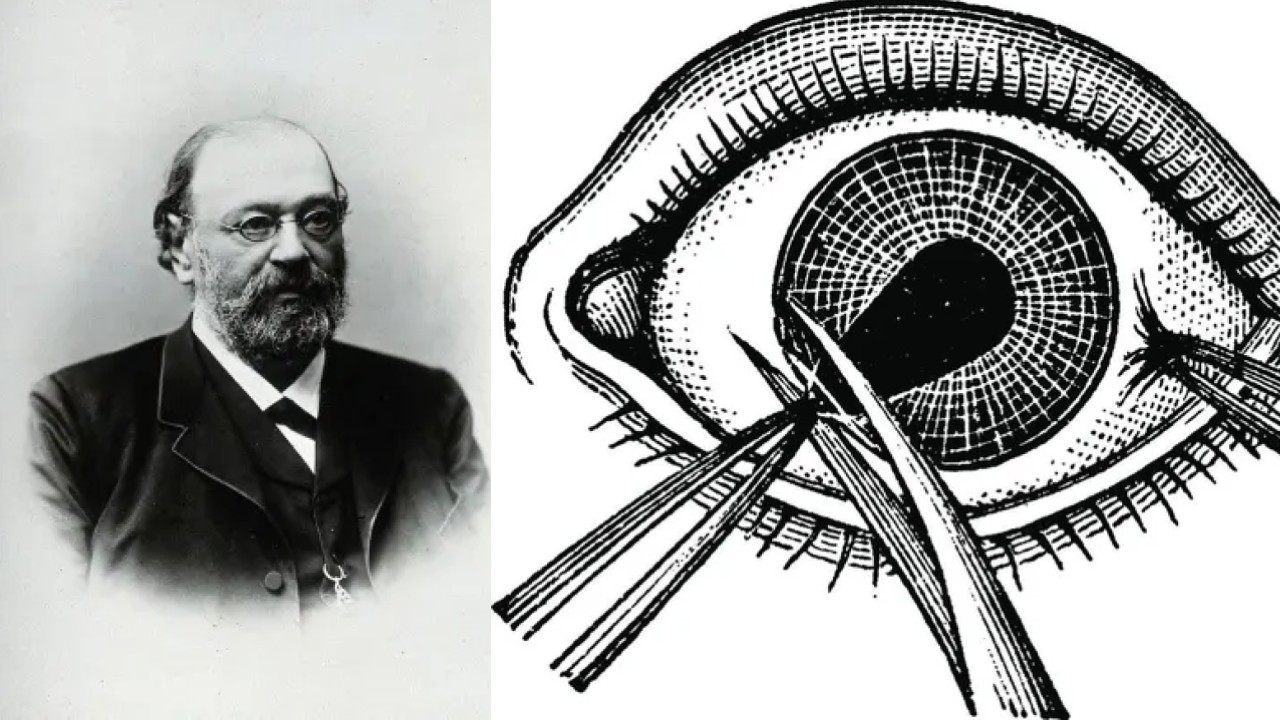
Kühne
At the time of Boll’s death, he had not yet fully advanced his optography studies. After this unfortunate death, another of Boll’s followers, a German physiologist Wilhelm Kühnewanted to improve his idol’s work.
Kühne, who experimented on many animals, removed their eyes after they died and for fixation to the retina was exposing him to various chemicals. He suggested that the alum compound gave the best results.
In one experiment, an albino rabbit was fixed so that it could see clouds in the sky. The poor rabbit was exposed to light for 3 minutes and was then beheaded and killed. eyes removed.
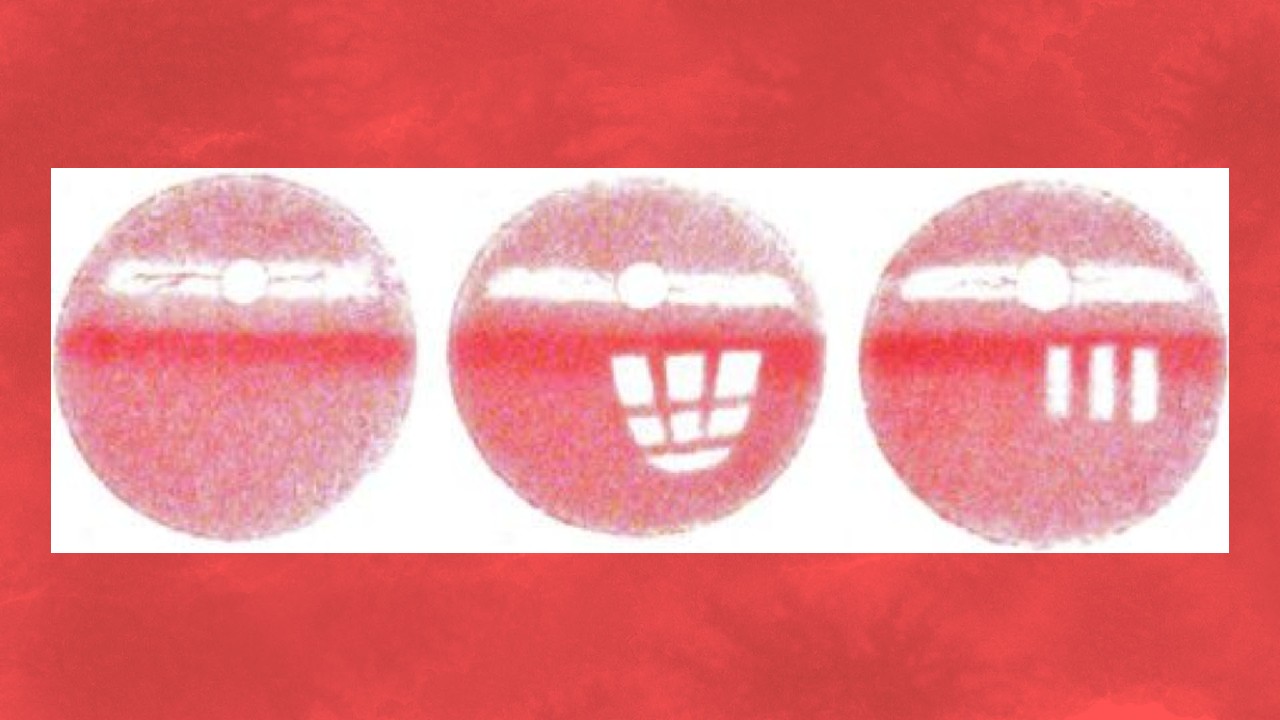
The posterior half of the eyeball containing the retina was placed in an alum solution for fixation. The next day, there was a lump on the retina. window picture it seemed.
RELATED NEWS
It’s Like Sadistic Horror Movies: Extraordinarily Cruel Experiments on Animals
Kühne was determined to demonstrate this technique on a human.
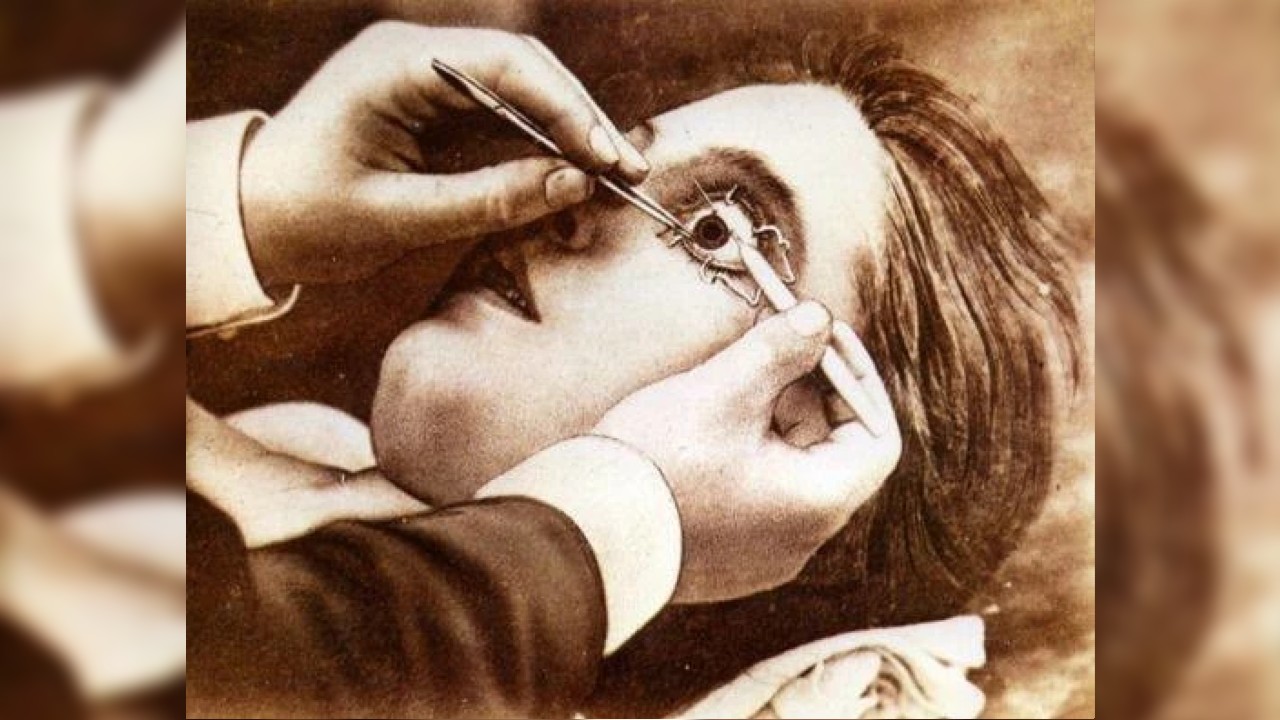
On November 16, 1880, a murderer named Erhard Gustav Reif was executed by guillotine. The man’s eyes were removed ten minutes after his death and It was sent to Kühne’s laboratory.

The optograms obtained from Reif’s eyes have not survived to the present day, but they can be found in Kühne’s book published in 1881. Retinal Anatomy and Physiology ObservationsThere is a draft of it. Kühn says the image in the sketch could be a guillotine blade or steps leading to the gallows.
Despite being dubious “science”, Kühne’s experiments spread rapidly. Law enforcement agencies in the UK and the US, in criminal investigations He tried to apply optography. Although not scientifically reliable, it did not prevent forensic optograms from being used in famous criminal cases and appearing in actual trial transcripts.
Research into the use of optograms in criminal cases continued.
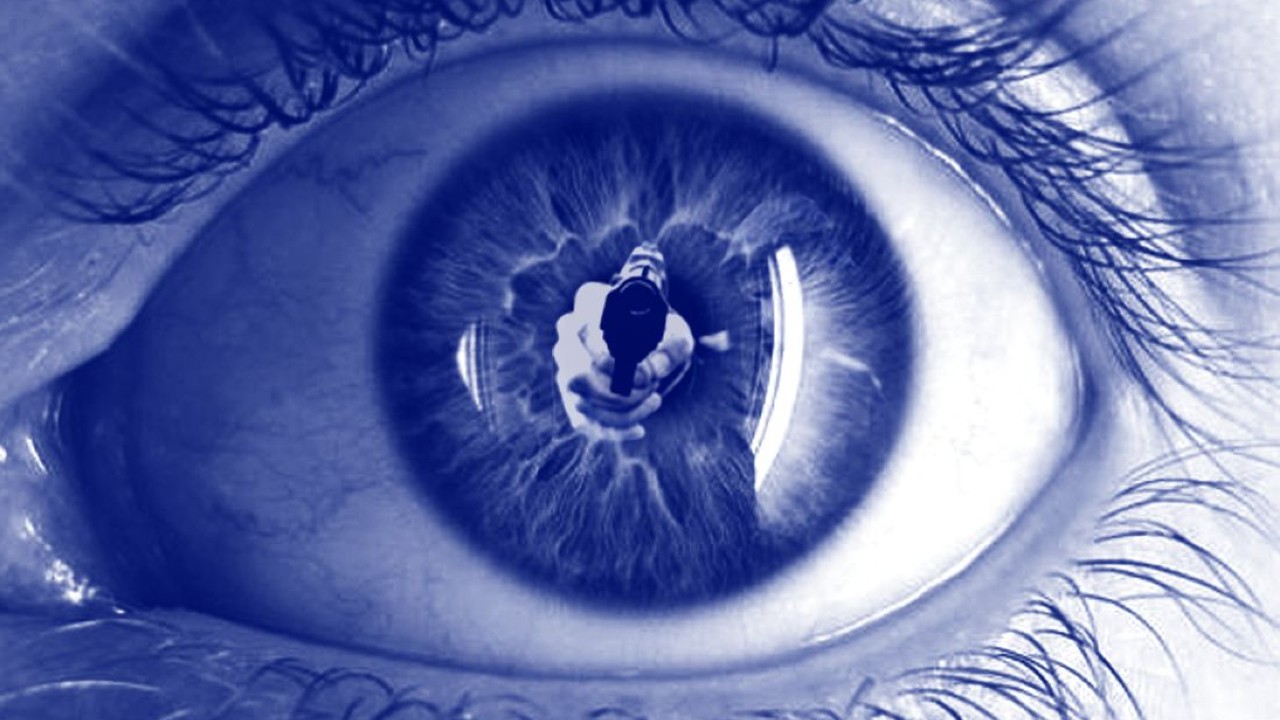
French Forensic Medicine Association, Dr. He asked Maxime Vernois to conduct a study to examine the possibility of optographs being admitted as evidence in murder cases. Doctor, killed at least seventeen animals and tore out his eyes, but it was in vain.
He wrote: “In a victim’s retina portrait of the murderer “It is impossible to find a representation of any object or physical feature encountered at the time of death.”
Of course, the insistence on using optography did not end here.
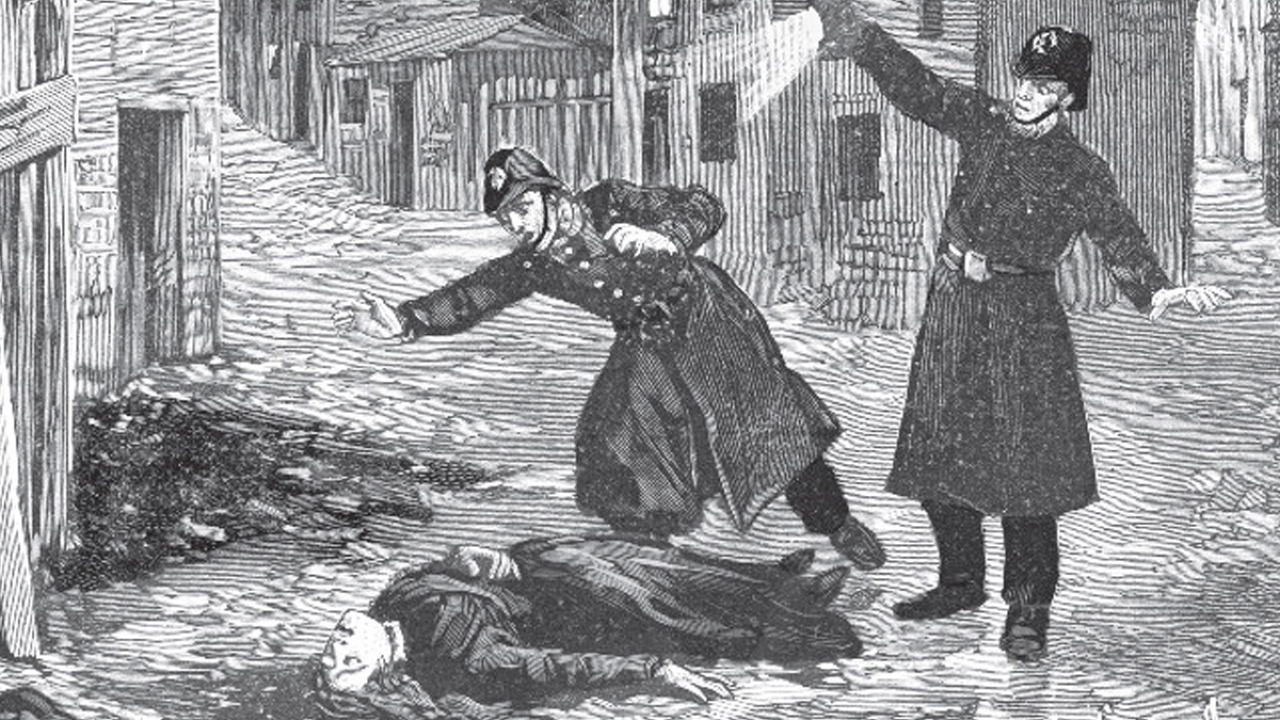
Optography was also taken very seriously in cases such as the double murder of Laura Shearman and Cynthia Davis, the Villisca ax murders in 1912, and the murder of Tracy Hollander in 1914. In fact, detectives investigating the Jack the Ripper murders believed that the technique On the Ripper’s victims He wanted it to be tested.
In 1924, a striking series of murders took place in Germany.
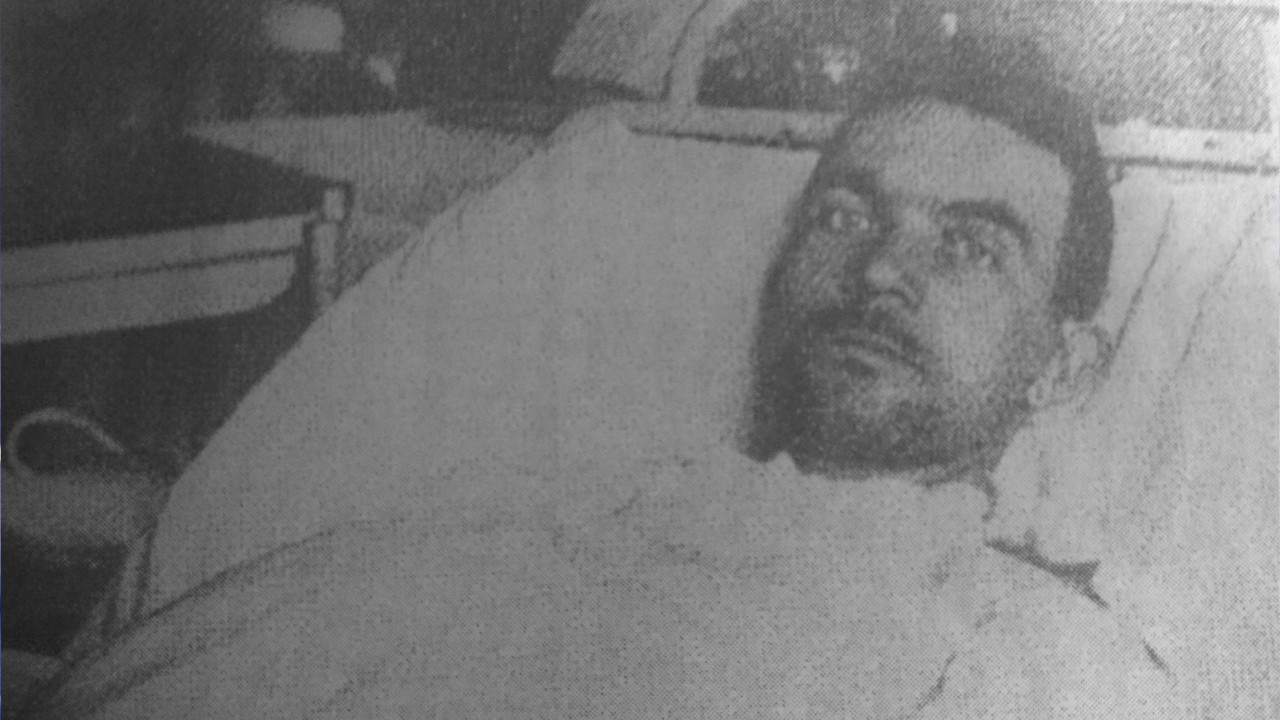
Fritz Heinrich Angerstein had committed a series of murders, including those of his family and his household staff. When the massacre was over, Angerstein among the victims Eight people died, including his sister-in-law, his accountant, his clerk, his gardener and his assistant.
Angerstein initially claimed that he was attacked by thugs, who killed everyone in the house and left him for dead. However, as the investigation progressed, Angerstein Doubts about the narrative started to emerge. There were many contradictions in his statements.
The suspect was arrested and charged with murder but continued to deny it. Until one of the police officers arrives with compelling evidence. A professor managed to photograph the retinas of two of the victims. It was claimed that this photo showed Angerstein with his arms raised and holding an ax in his hand. case, one optogram achieves It was recorded as the best example, but it did not carry any certainty.
The idea of optography was also widespread among murderers.
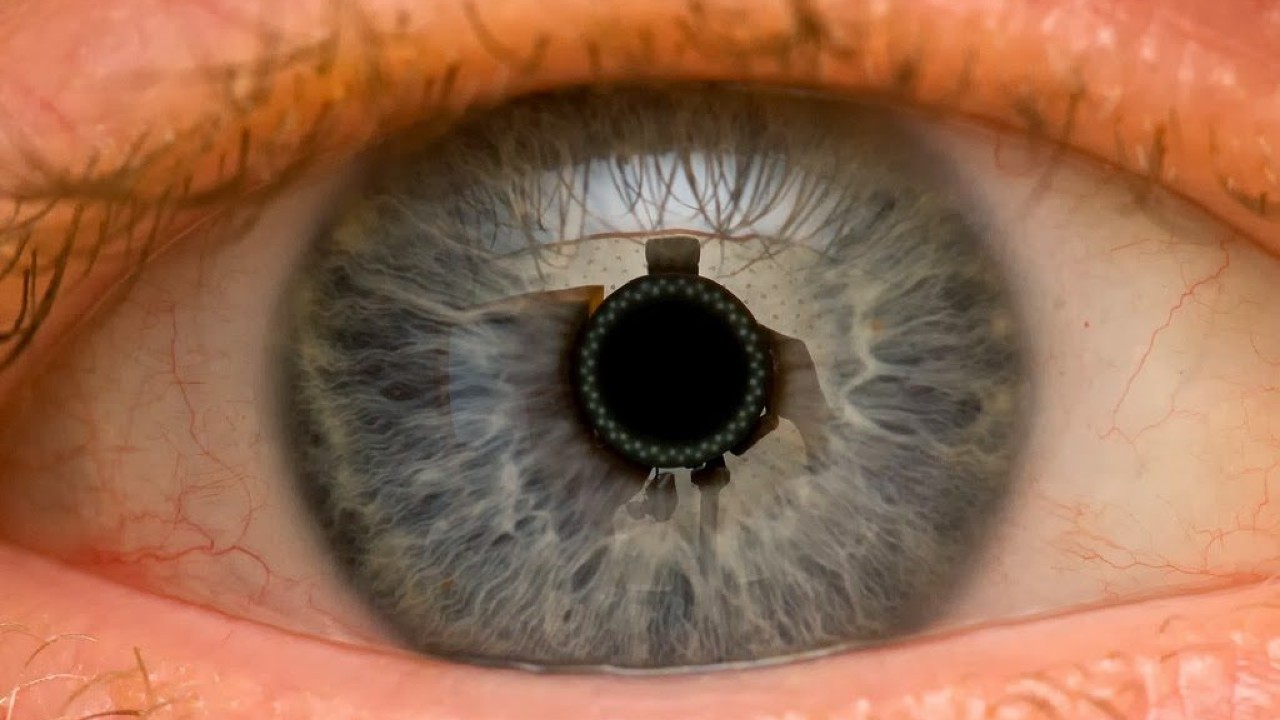
Some murderers who heard about optography went to great lengths to destroy their victims’ eyes. For example, in 1927, unarmed police officer George Gutteridge brutally shot in both eyes He was killed. In another case, a woman in Alsace killed her mother-in-law and then gouged out her eyes to destroy the evidence.
By the early 20th century, researchers had given up all hope that optography could be turned into a useful forensic technique.
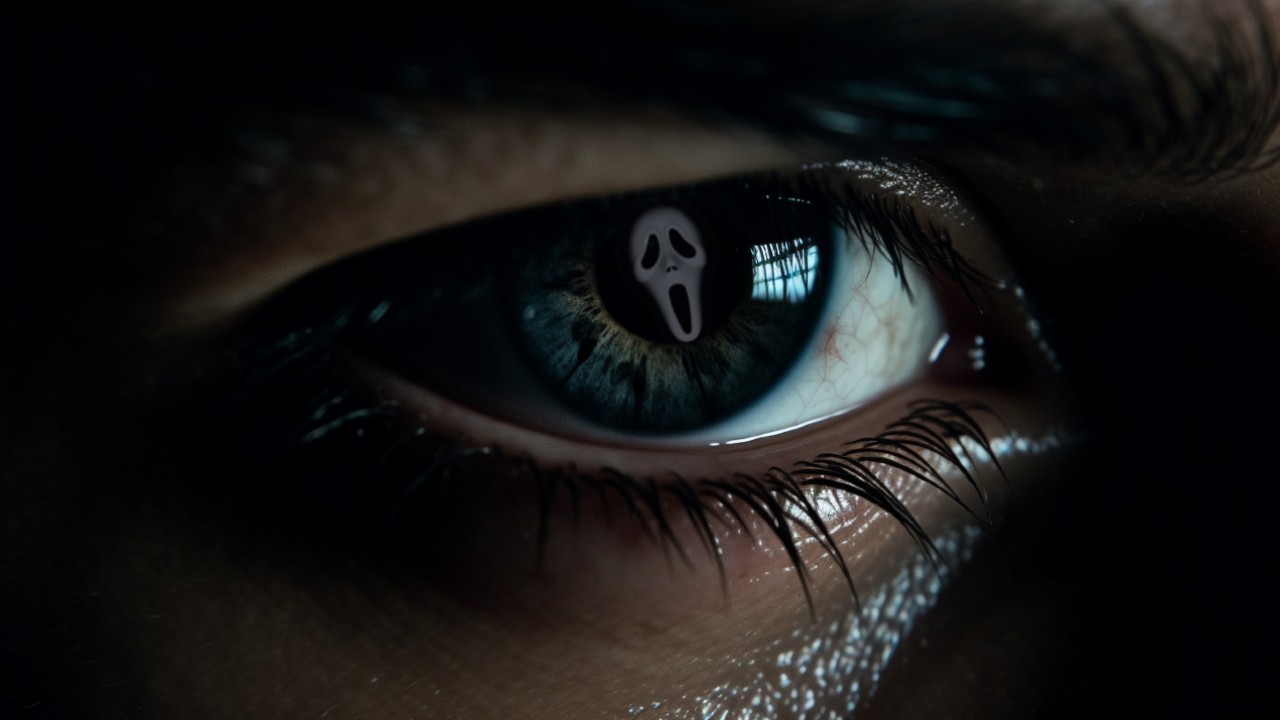
The work of physiologists such as Kühn has succeeded in creating many high-contrast images from the eyes of rabbits and has led to increased interest in optography as a potential tool in forensic investigations. Although it has increased public interest They realized that this method would never be sufficient for forensic purposes.
Optography; It appears frequently in literature, art and media.
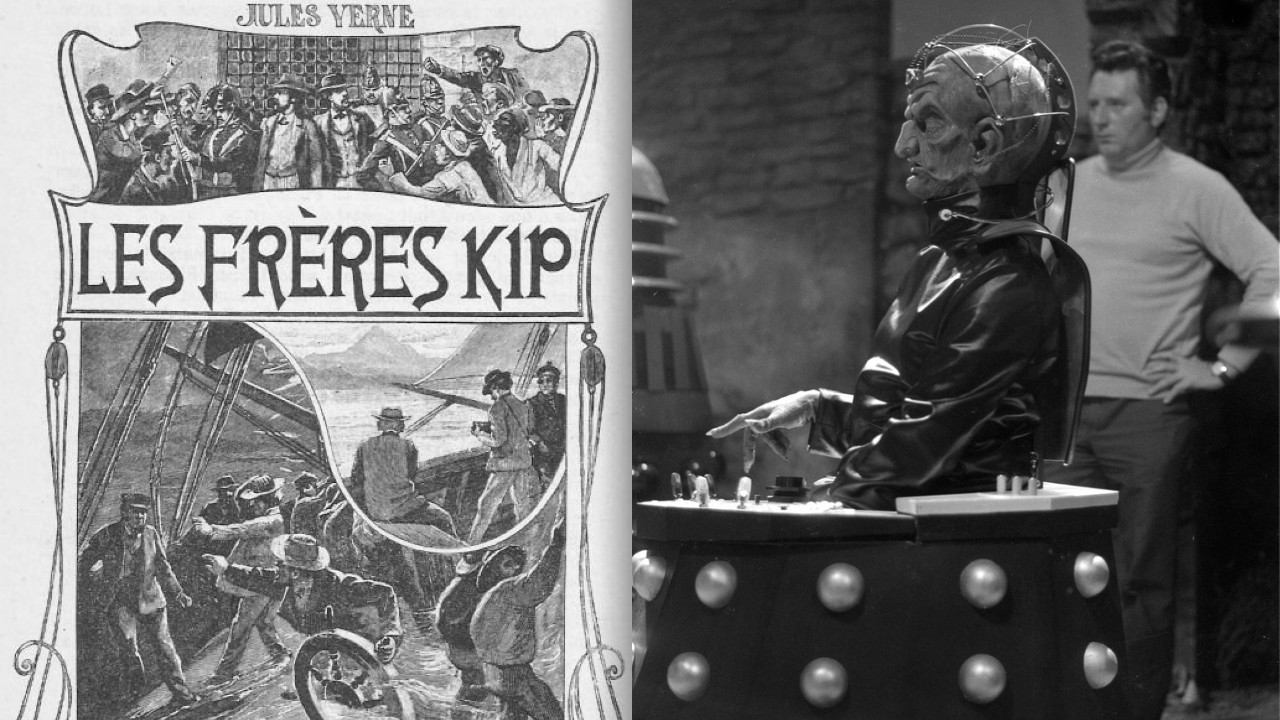
Popular science fiction writer Jules Verne proposed the idea that optography might have forensic potential in his 1902 novel “Les Frères Kip.” Made in 1936 ““Invisible Ray” The film also featured a scene in which he uses an ultraviolet camera to photograph a victim’s dead eyes.
He also appeared in the 1971 Italian film “Four Flies on Gray Velvet” and the 1975 “Doctor Who” In one of the episodes, optography was again included in the plot.
RELATED NEWS
Chilling Facts About “Dead Photography”, Which Was Very Common for a Period: How Were the Dead Made to Stand Stiff?
RELATED NEWS
